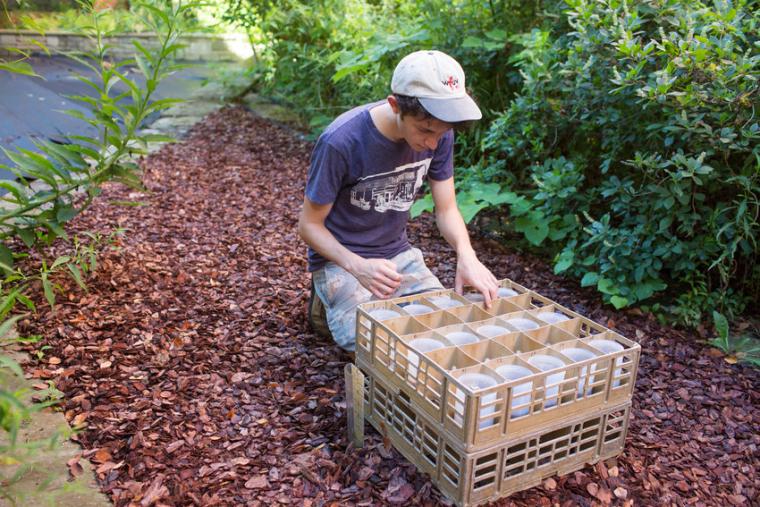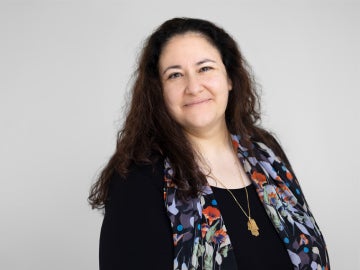Campus News
The Role of Fallout Radionuclides in River Erosion
August 31, 2015
Communications Staff

Photo credit: Tanya Rosen-Jones ’97
The following was provided by Adrian Singleton. It has been edited for style and clarity.
“I started researching with Geology Assistant Professor Amanda Schmidt the summer after my sophomore year. This will be my third school year working with her, and I have also worked in her lab for three summers and two winter terms.
In our lab, we use fallout radionuclides and other methods to learn about erosion on rivers in China's Yunnan province. Fallout radionuclides are radioactive isotopes that are in the sky, get stuck to dust, and come down to earth's surface primarily when it rains. Some fallout radionuclides are human made and some occur naturally. They exist in very trace amounts in soils and sediments around the globe.
We measure most of their concentrations with a gamma spectrometer in our lab. Based on their concentrations in river sediment, we can get an idea of how deep in a soil profile the sediment is being sourced from. However, there is a problem with this method: Fallout isotopes aren't evenly retained by everything they fall on. To some extent, the mineralogy and grain size of the soil and sediment, among other factors, determine how much of an isotope gets stuck.
My research looks at this problem in two ways, one of which is the pollinator garden experiment. The teflon containers in the garden are draining beakers with filters on the bottom that have five different grain sizes of quartz, five different grain sizes of river sediment, and five sheet silicate minerals. We bring them inside periodically to determine how much of each isotope gets retained in each sample.
Secondly, I am measuring concentrations of fallout radionuclides in river sediment that we collected in Yunnan province during winter term 2014. I am also using other methods to determine the composition of the sediment, such as microscopy and X-ray diffraction.
In addition to traveling to China to do field work with Schmidt, I also accompanied her to Glasgow, Scotland, during fall break of my junior year. There, we visited the Scottish Universities Environmental Research Centre, where our collaborator measured the concentration of Beryllium-10 (10Be) in our river sediments. 10Be is an isotope that has to be measured in an accelerator mass spectrometer—an instrument that is roughly the size of a warehouse. The spectrometer is incredibly precise, and it is used to literally count atoms of 10Be.”
You may also like…
Remembering Former Visiting Assistant Professor Leila Ben-Nasr
Leila Ben-Nasr, a former visiting assistant professor of comparative American studies, died on November 28, 2025.
Oberlin Community Remembers a Beloved Retired Professor
A member of Oberlin faculty for 13 years, Peggy Bennett was known by students and the Oberlin community for creating and leading MusicPlay, a preschool classroom and learning lab run as part of the...
Eric Rooks Named Director of Campus Safety at Oberlin
Longtime public servant emphasizes collaborative partnerships and kindness.


